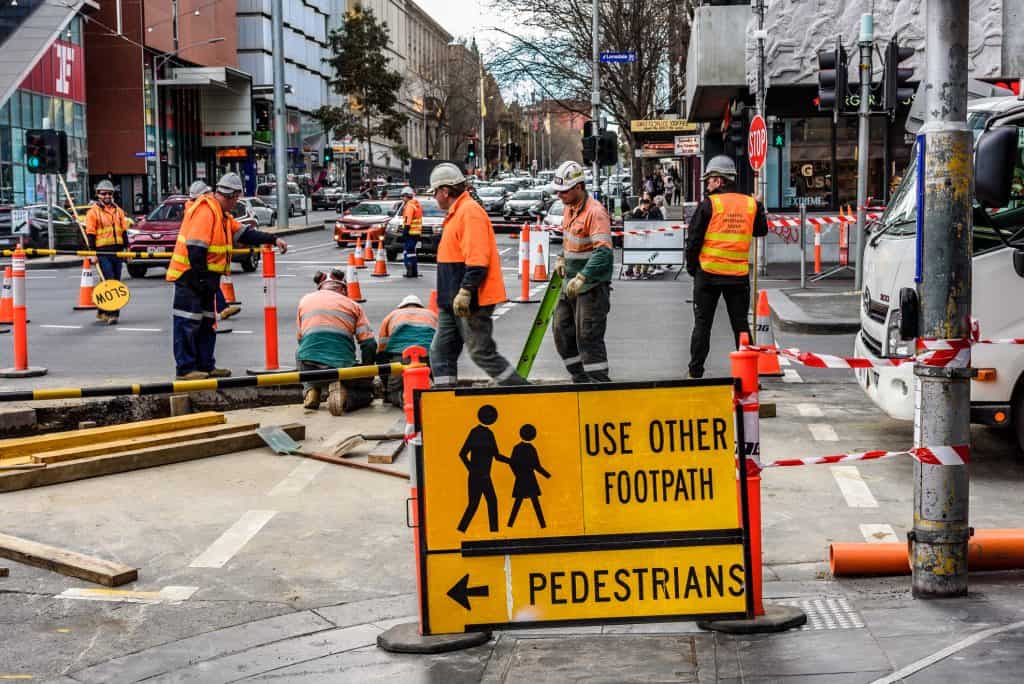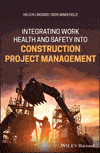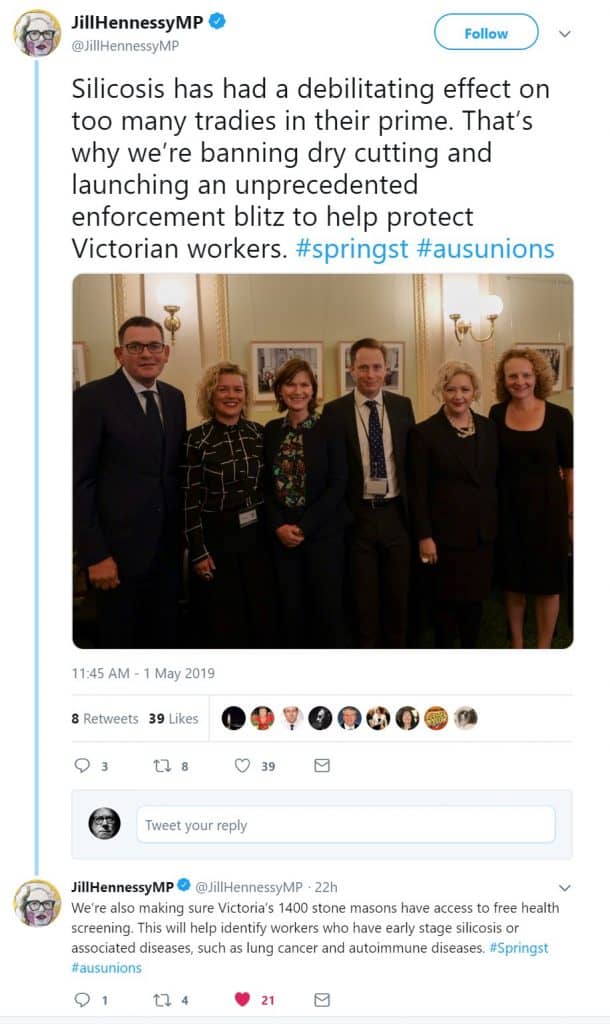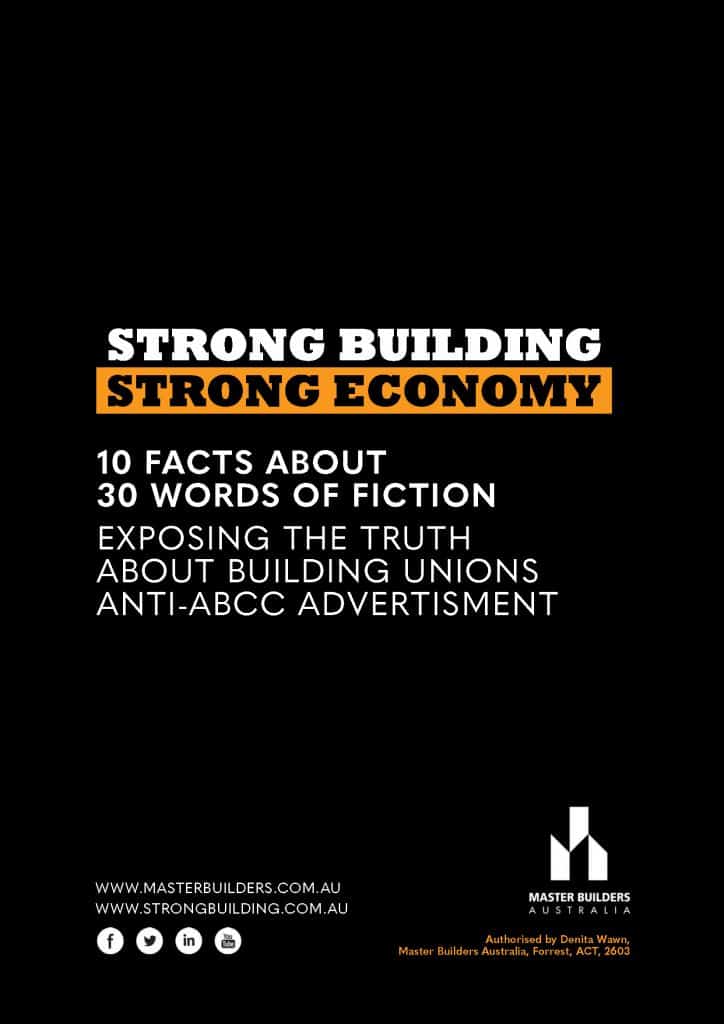Some time ago I had a run-in with a worker who repeatedly chose not to wear his hard hat. He reasoned that as there were no overhead or head-high hazards in the work area the personal protective equipment (PPE) was not necessary. He applied what some would call a risk-based decision and he was right. But the worker was dismissed from the project (not by me) over his decision and because of his belligerence and verbal abuse over the matter. The reality was that he showed disrespect to his employer (a subcontractor) and disregard to the safety rules of the contractor thereby eroding the safety culture that the contractor was trying to establish and maintain in order to, ultimately, satisfy the client.

There has been an increasing amount of discussion in the occupational health and safety (OHS) sector about trust. There is little chance of achieving any change in a workplace without first of all establishing trust between the stakeholders, or at least a little bit of trust. But part of this trust is also respect. And part of this trust is that it should be earned… by everyone. Continue reading “How much is safety a choice?”





